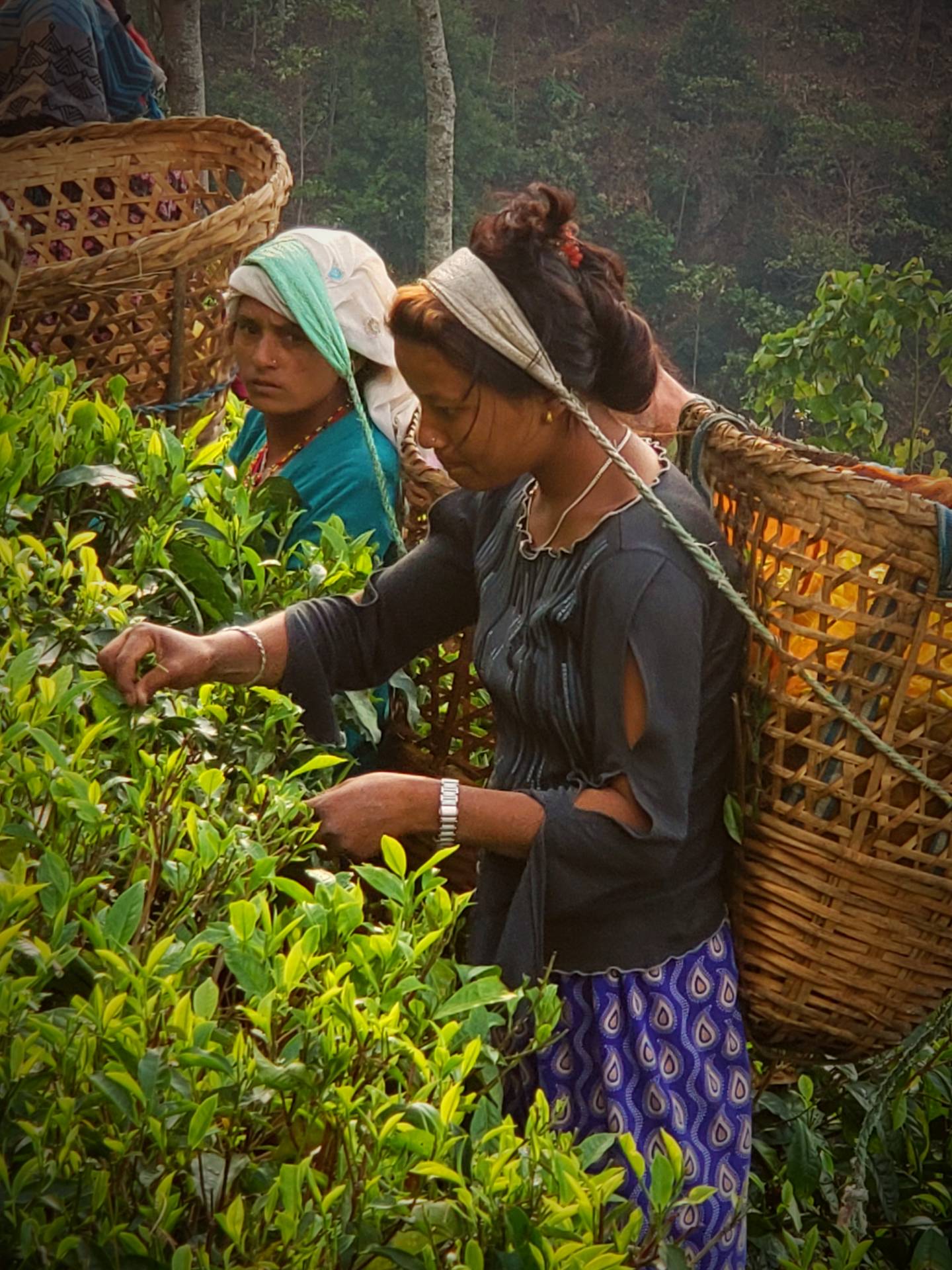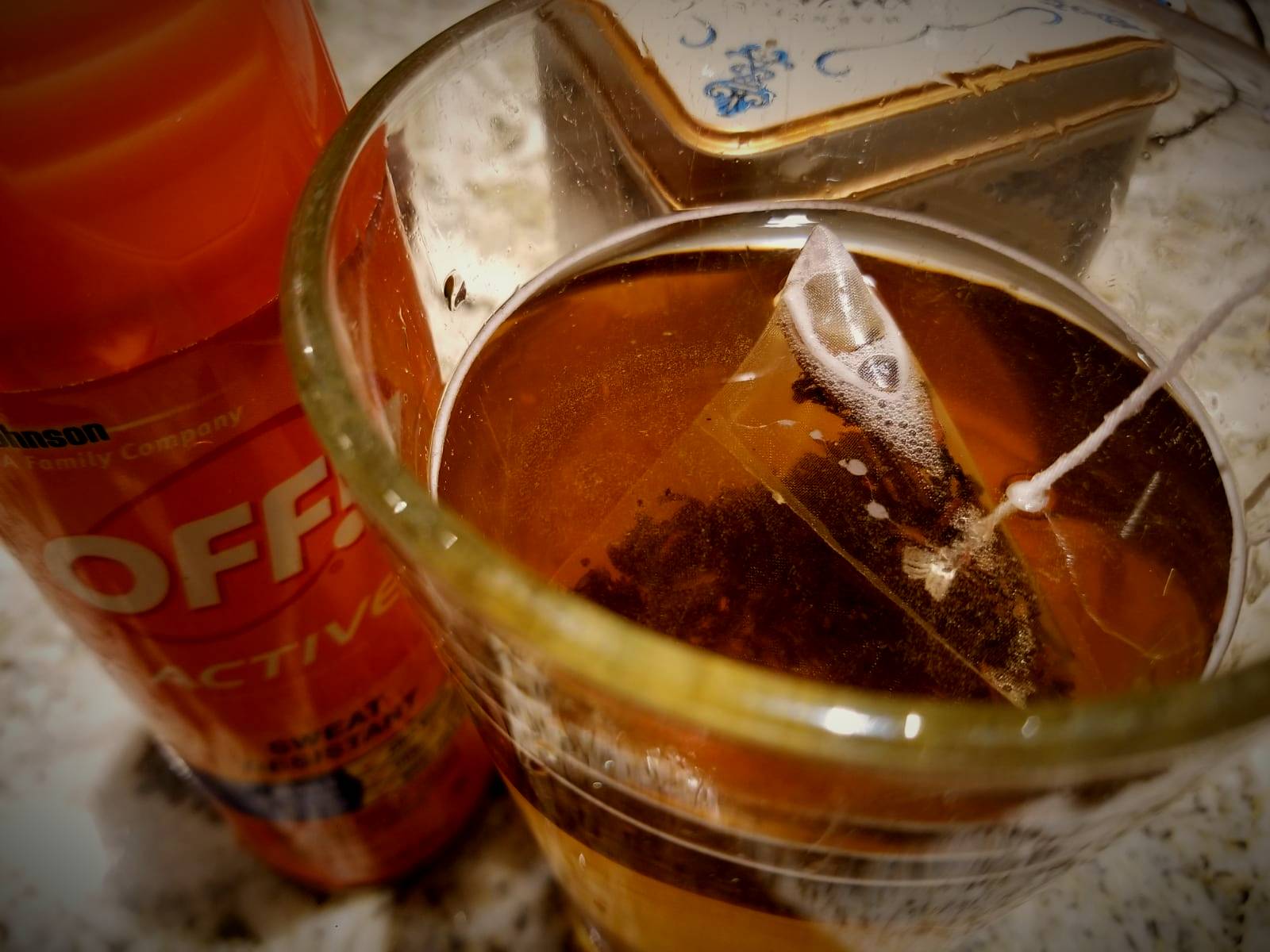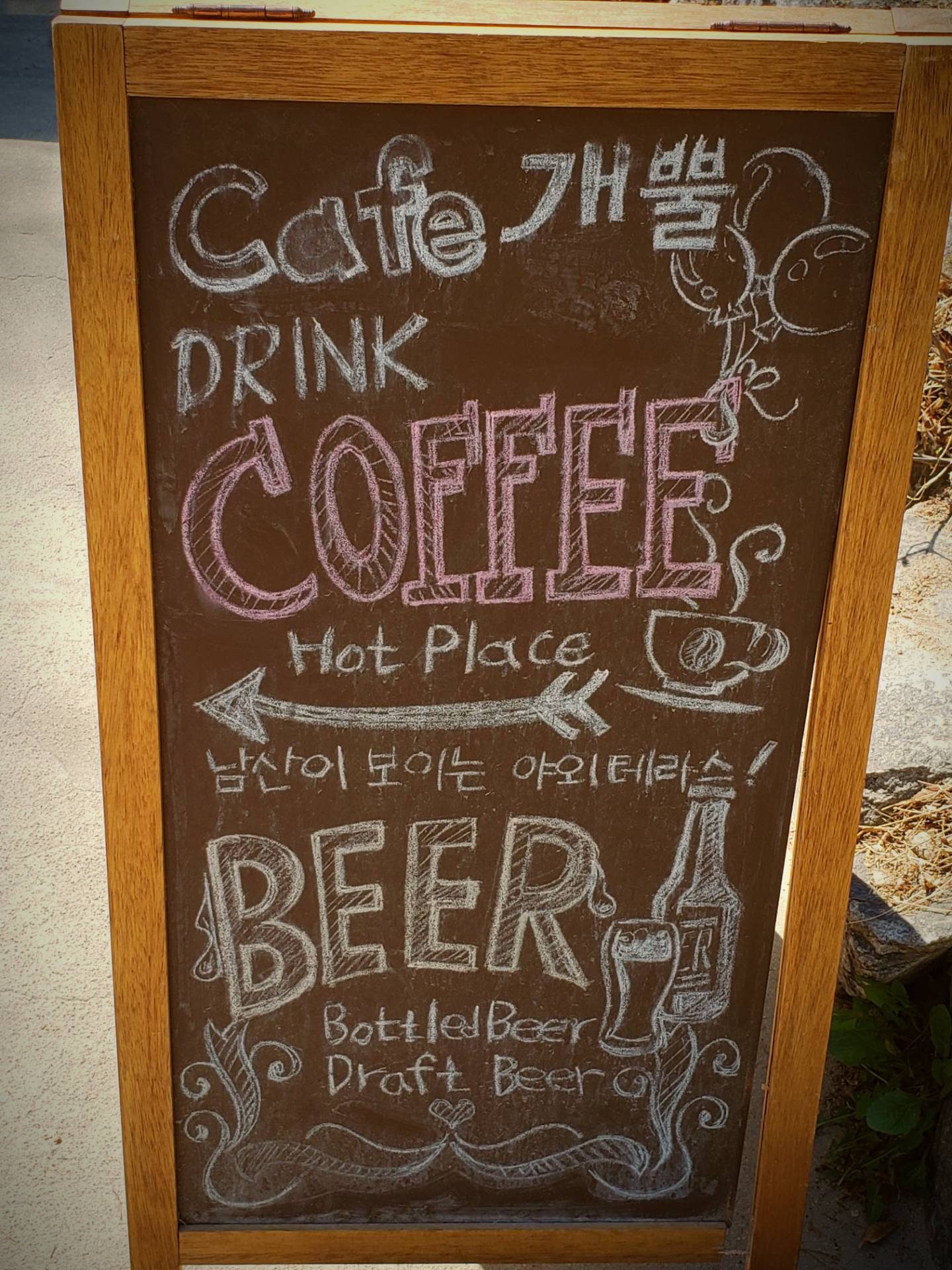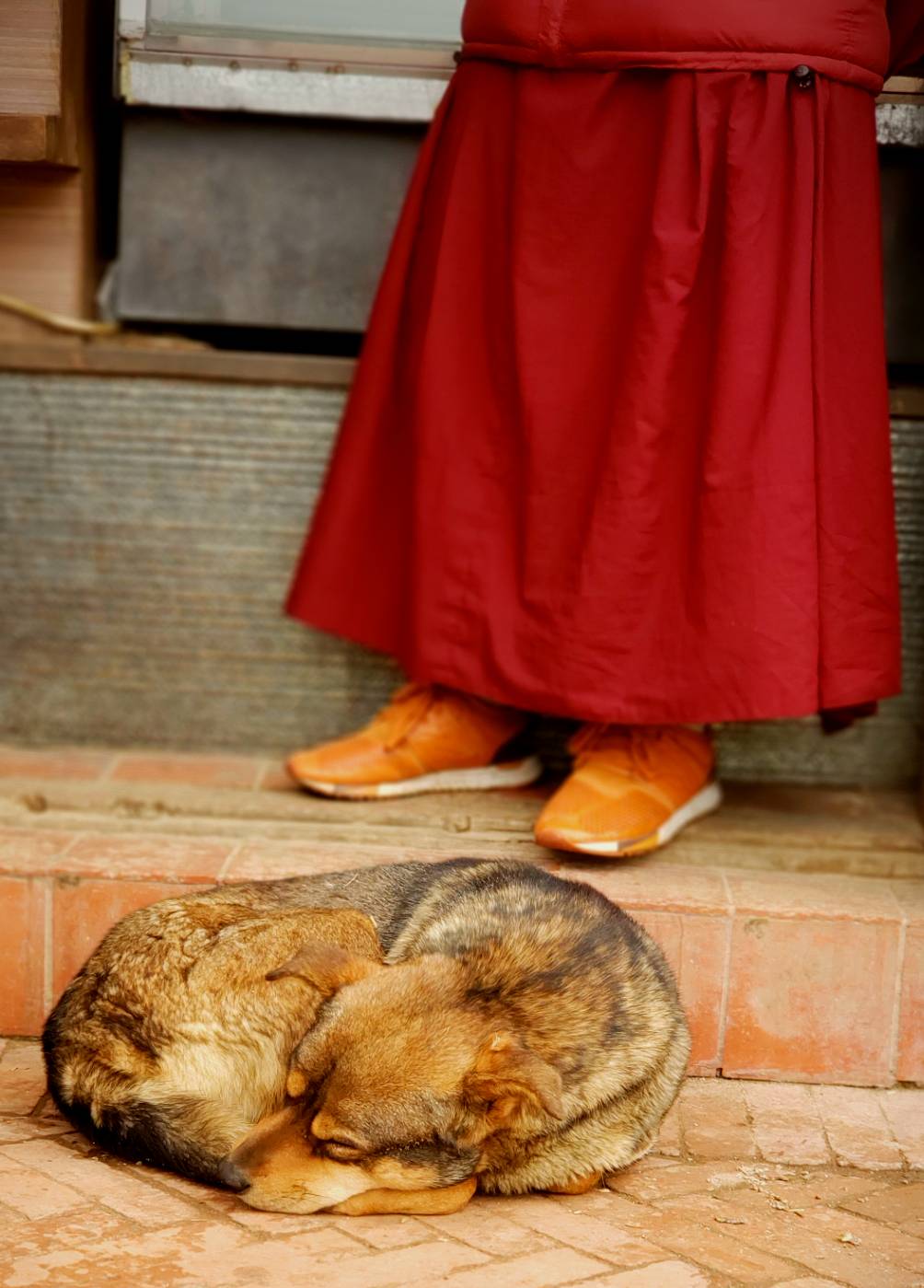By Bob Fish
Tea is an aromatic beverage traditionally made by pouring hot water over bruised, oxidized, and dried plucked leaves from an evergreen bush (Camellia Senensis). Not the most flattering description… but that’s what it is ?
There are many things that can change and influence the flavor, look and taste of tea (READ: Heaven Can Wait) including geography, processing, storage and preparation. But I want to focus on how it’s harvested for just a moment, and how that impacts what we get in our cup.[
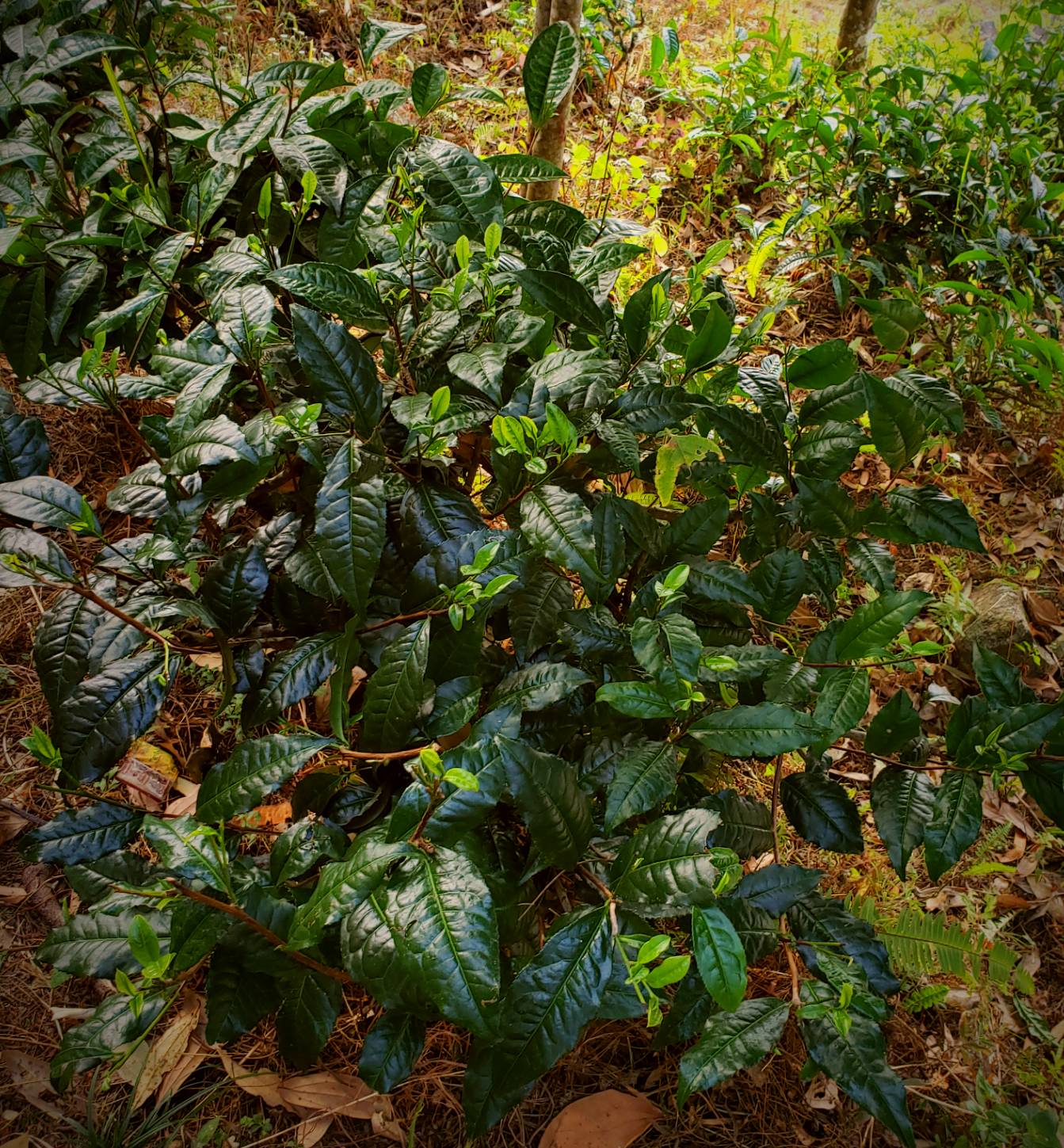
The art of tea begins with picking only the newest shoots off the top of a tea bush. Now understand that a tea field will look a little like rows and rows of trimmed boxwood bushes growing three to five feet off the ground, across a landscape of rolling hills. If that bush/tree were permitted, it would grow many feet higher, but they are pruned low to ease hand picking.
Hand picking is essential because the primary objective of a quality tea is to pick leaves that have the highest concentration of aromatics and antioxidants. That perfect pick is most often referred to ‘Two Leaves and a Bud.’[
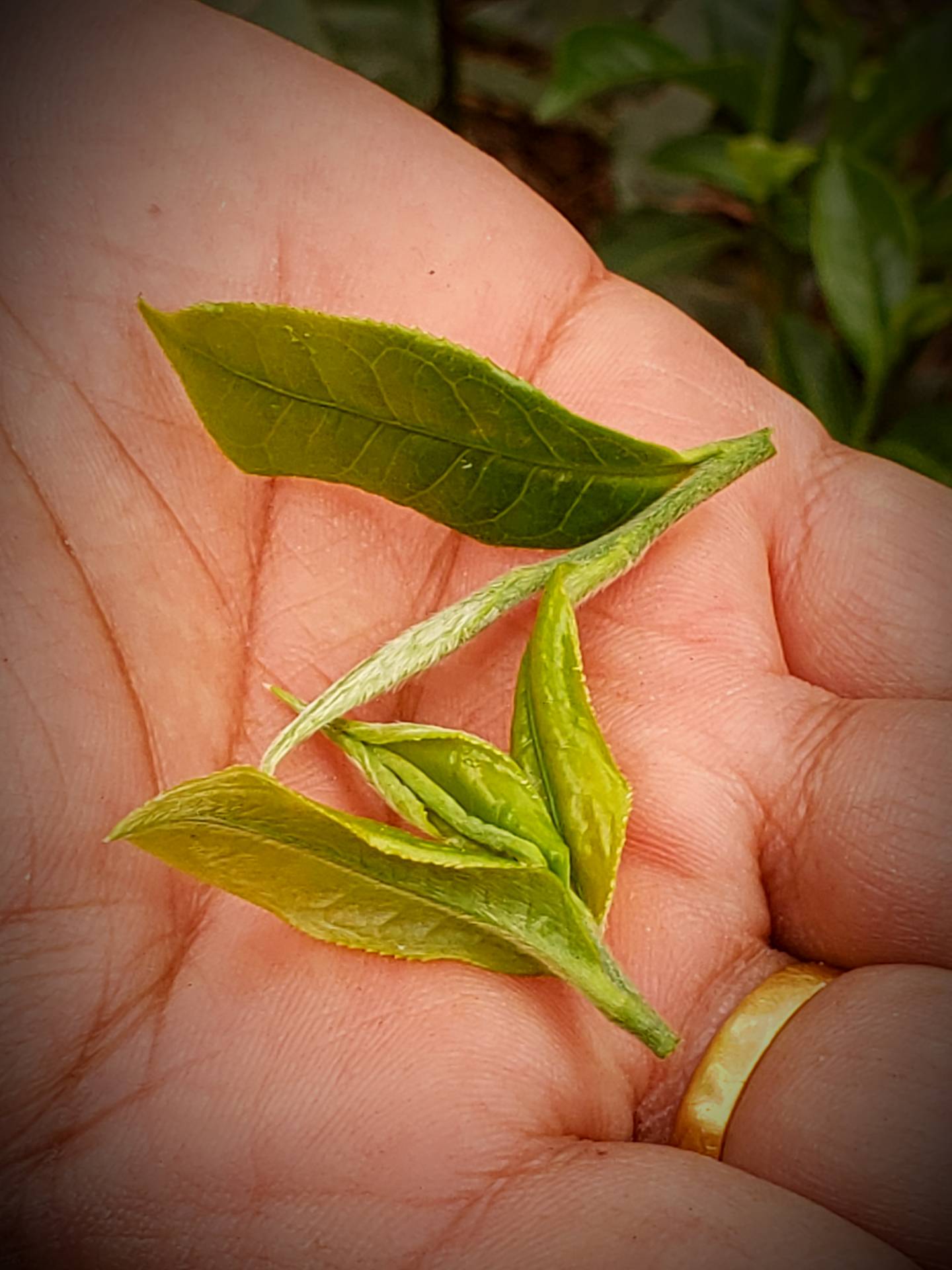
Think of tender spring foliage just beginning to unfurl, and as it does, out pop two light green leaves with a center leader in between (a bud). There are other leaves behind Two Leaves and a Bud that are called the third and fourth leaves, but if those are picked in error it produces an undesirable coarseness (astringent-ness) to the tea profile. Worse yet there are tea farms and estates that use mechanical methods, like a hedge trimmer to harvest, seriously reducing the quality of the tea.
It is an art to pick tea correctly: a pinch and snap/pull just behind the second leaf. It takes years of experience to do this with accuracy and at a high production level. In other words, I can pick it correctly, but I would be fired immediately for moving too slow.
Traditionally this work is done by women, who move swiftly through the fields on terrain that is often sloped at a 45 degree angle. They wear a basket on their backs, held in place with a strap to their heads. They are usually working all day from roughly 8 am to about 4 pm and are paid for the number of kilos or baskets picked. The care the pickers take by properly pinching/picking will ensure that the next ‘Two Leaves and a Bud’ are preserved for later harvest.
While growing tea on mountain slopes makes production more difficult, altitude is important for many reasons. Tea grows slower in the cooler air, producing a higher percentage of aromatics and antioxidants. The cooler temperatures, especially at night, also mean that there are fewer pests and insects, reducing the need for insecticide (READ: Only if it’s Organic).[
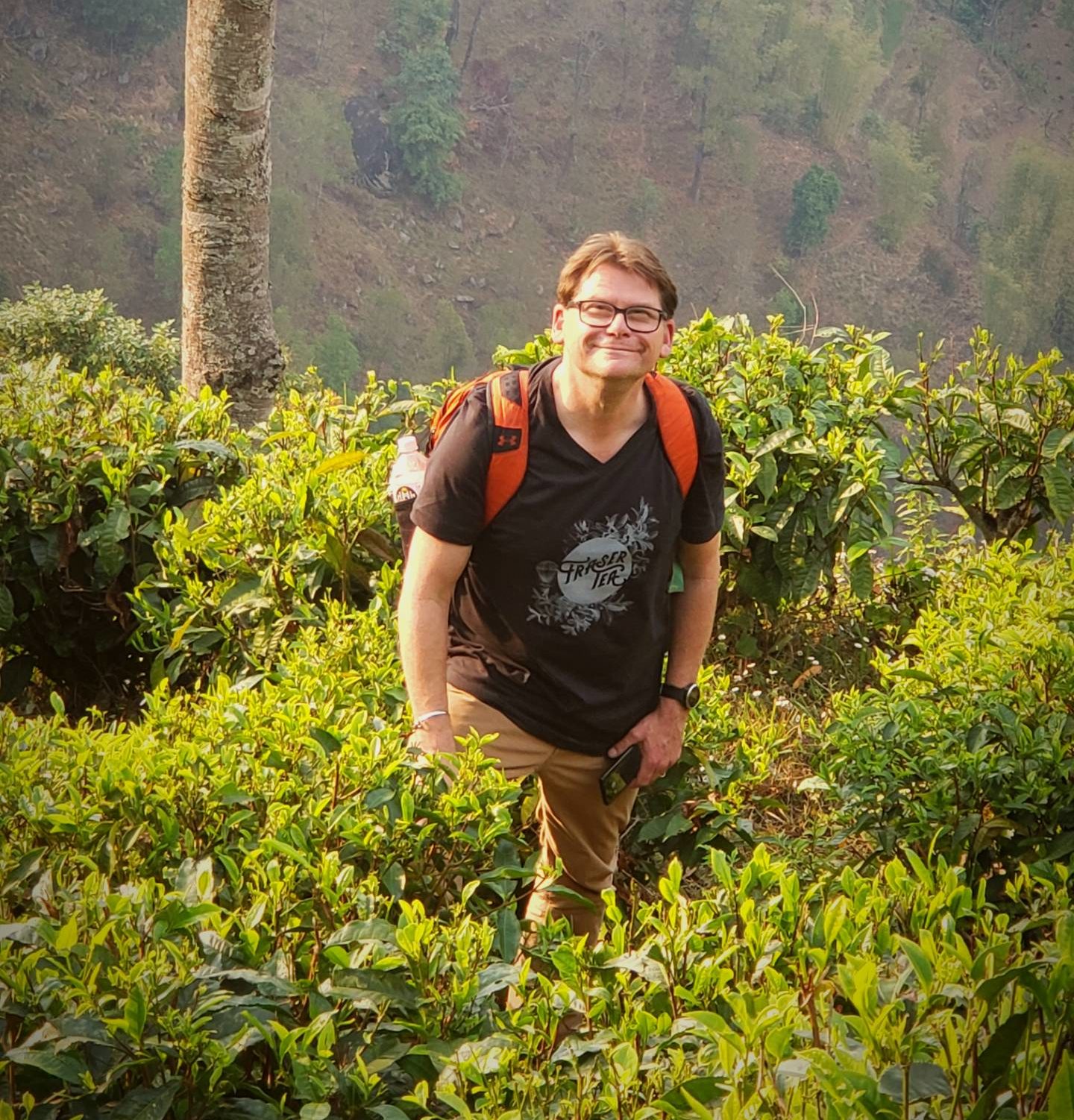
Also, while this land is often very fertile, the conditions are not conducive to growing other crops, so it makes for smart land use. Lastly, the tea farms that we saw growing at a lower altitude and closer to the valley were almost always using petro-chemicals to control weeds and insects, and the tea plants were much more exposed to pollutants. Poor air quality can be a serious issue in the valleys. Since the tea they’re growing isn’t as valuable, they are more likely to use mechanical methods to harvest it, all contributing to a very low quality tea.
The workers we visited at the Kanchanjangha Tea Estate (KTE) were highly skilled and amazing! They were also being treated very well with above average pay, a school and a preschool for their children, a subsidized store for goods, and in some cases housing. KTE takes its social mission very seriously.[
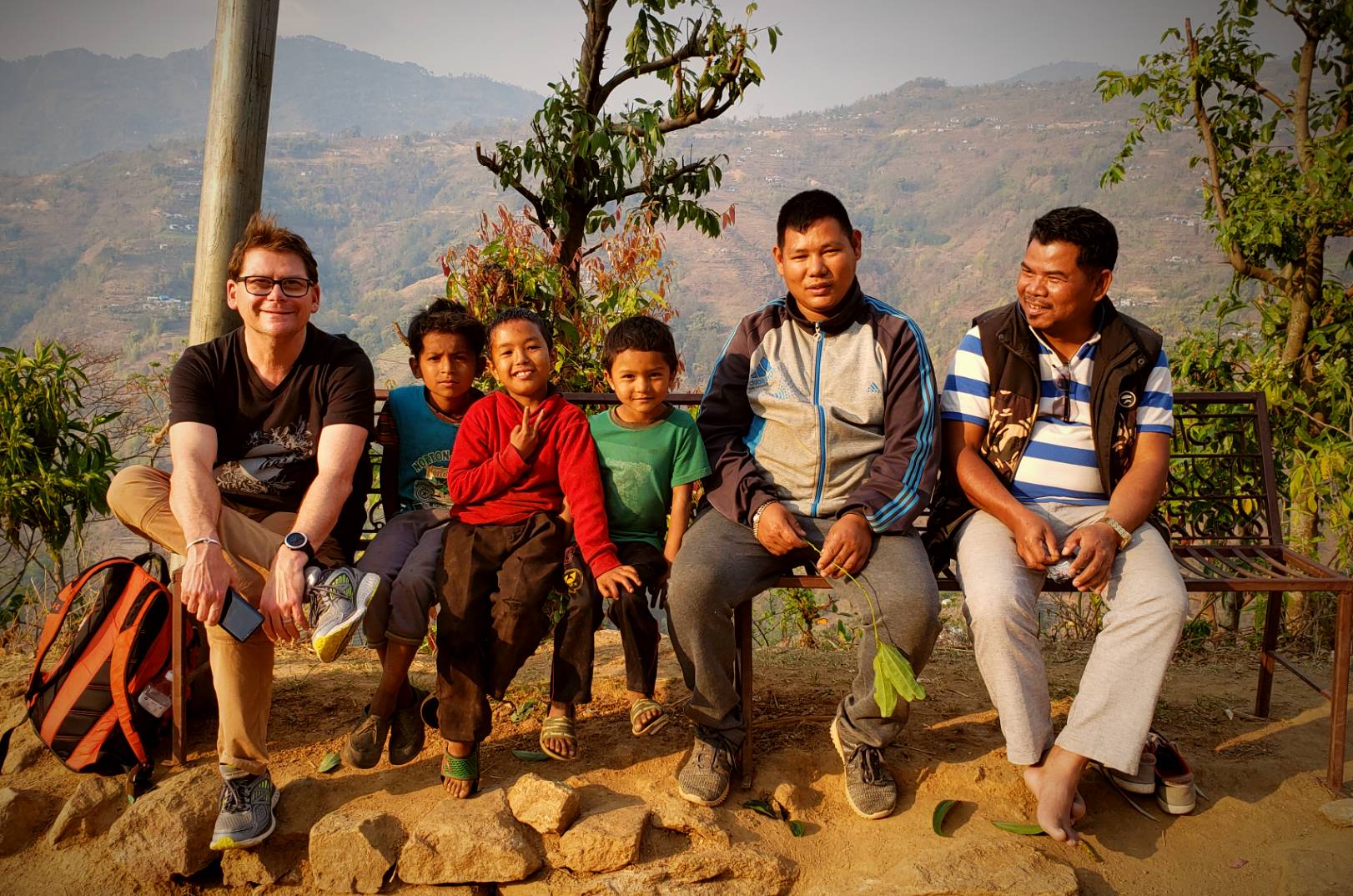
But, we do have to mention that finding this highly skilled and passionate workforce is getting harder and harder for them to do, as people migrate to the big cities for lower skilled but higher paying jobs. We as an industry need to recognize this, and at times make sure that we pay a premium for product that is being grown in a manner that is good for the farmer, healthy for the consumer, and is treating the planet right. We must understand the total value of what we are buying, and establish relationships with those that share our values, so that we can de-risk their demise.
Supporting people in building a life they love is not a one-dimensional objective that just touches just our Franchise Owners, or their Baristas and Staff, or their Fanatics. We have to get real about our business ecosystem and understand that it is not enough to work with nameless and faceless producers of our raw product. We must seek out those that share the same objectives that we do… safety, security, stability and a better life for the next generation. To support our own goals, we have to help our producers be successful in the work they’re doing for their people, for the planet and for our favorite beverages. Being grateful and compassionate warms the heart, triggers a loving environment, and is positively intoxicating… Let’s do that <3

